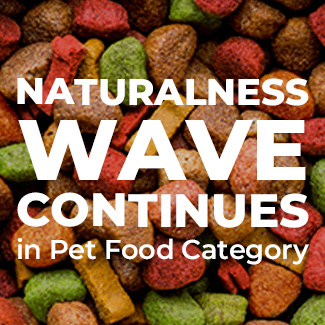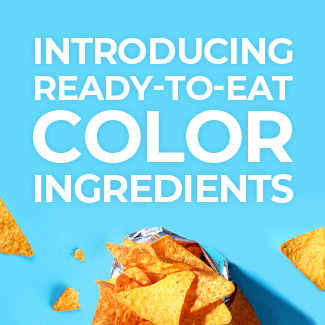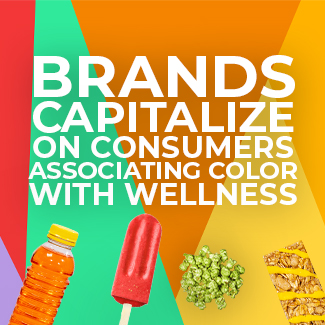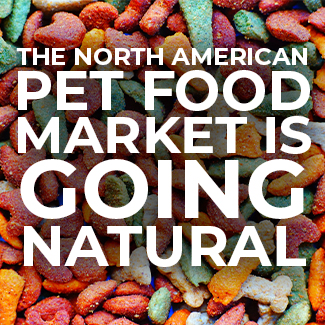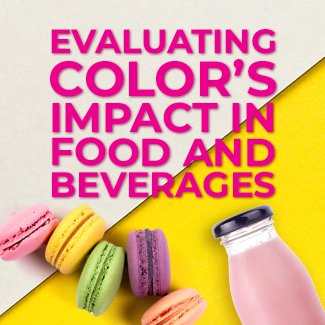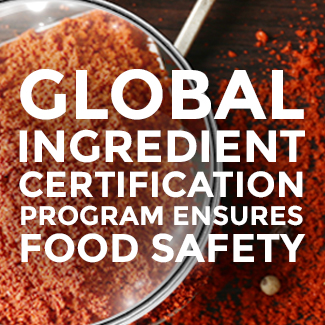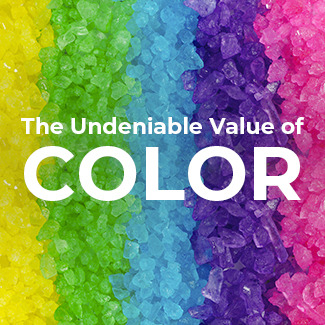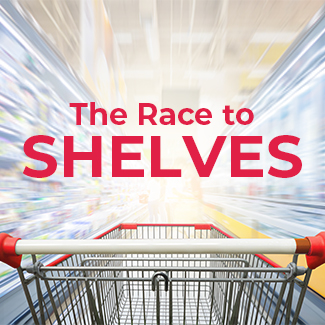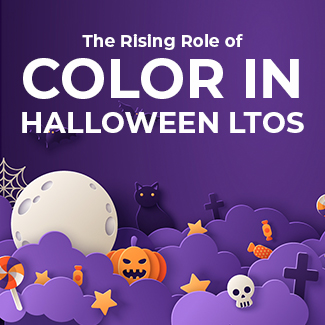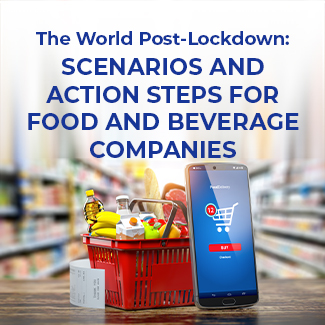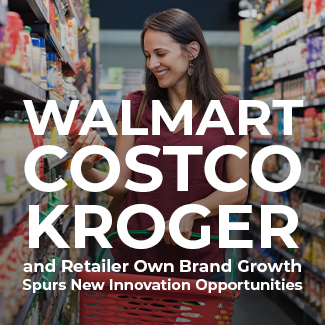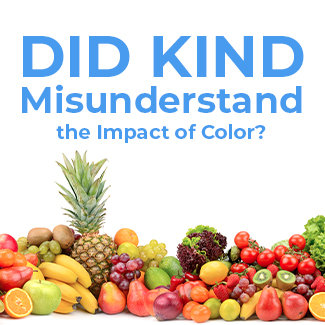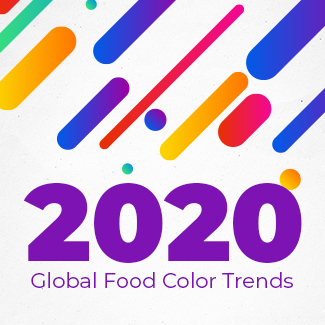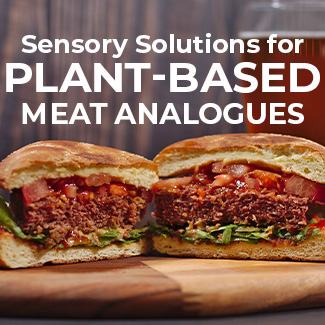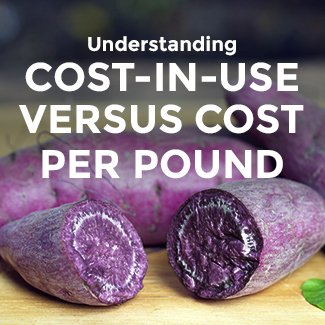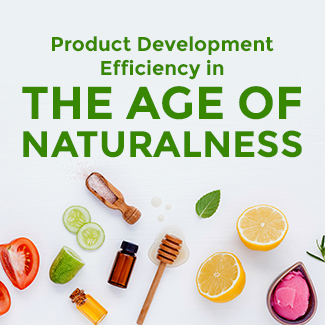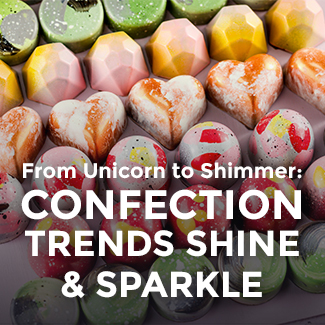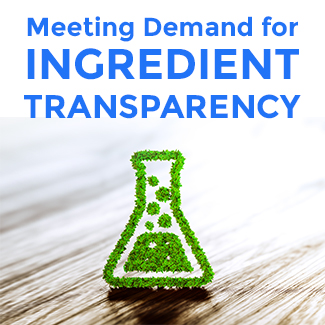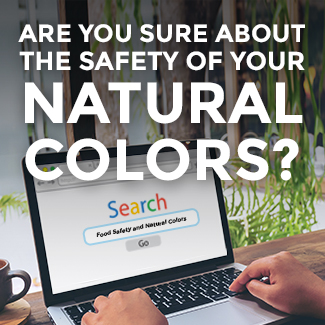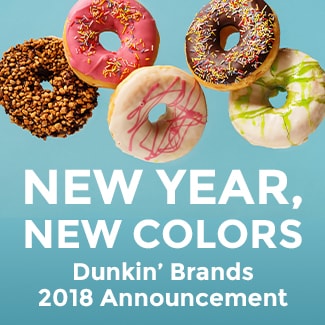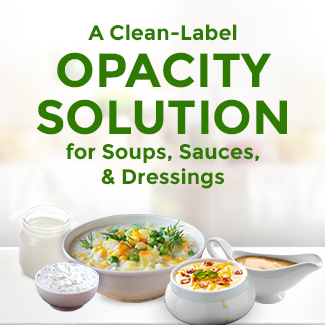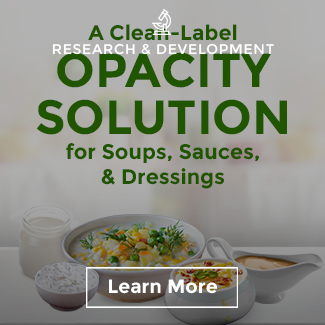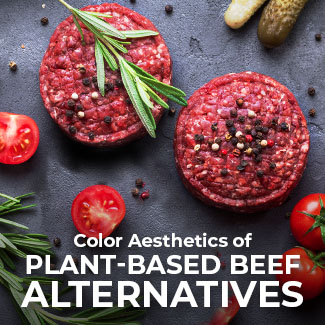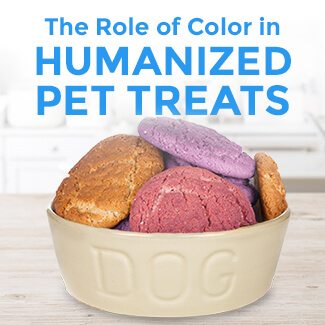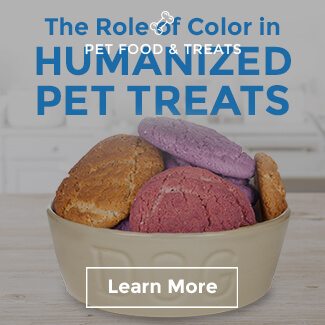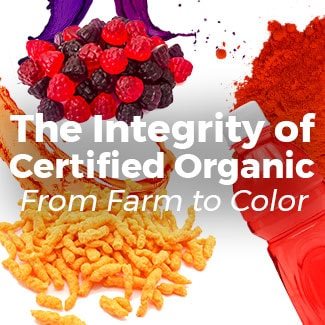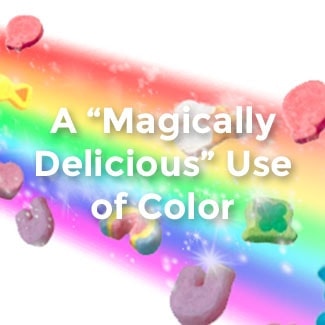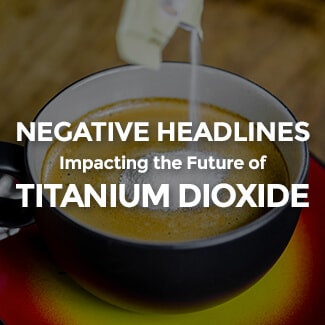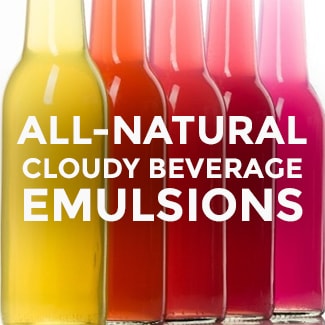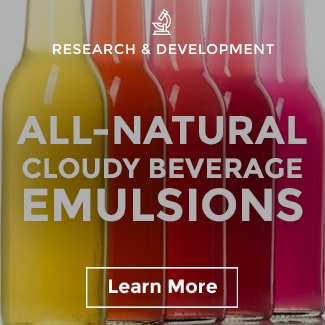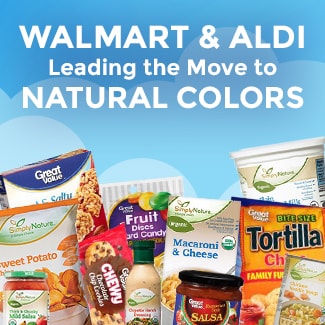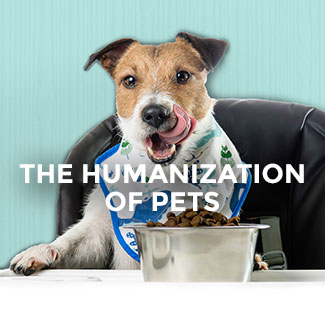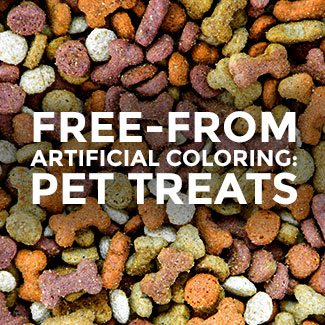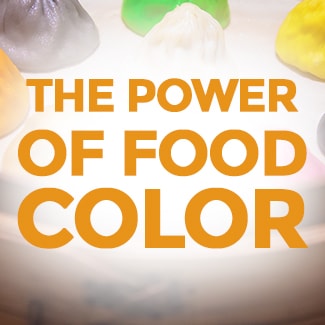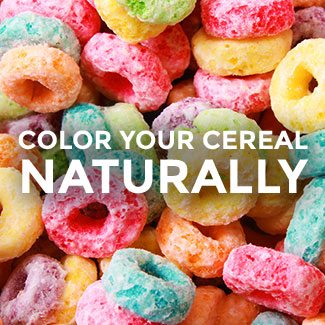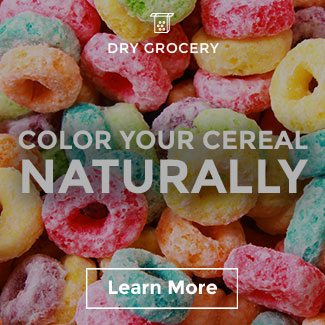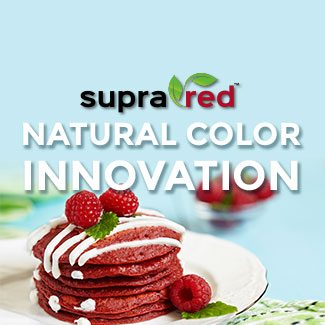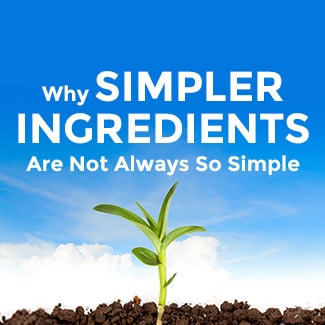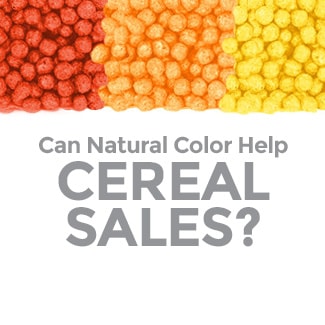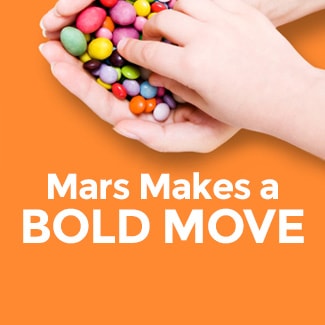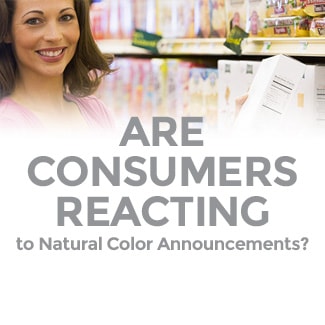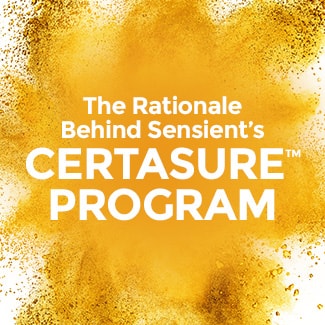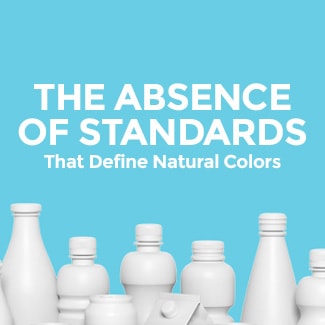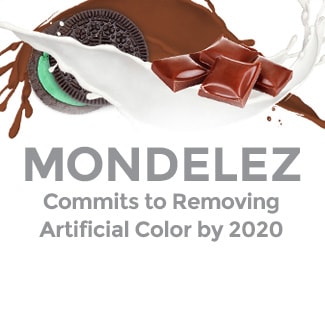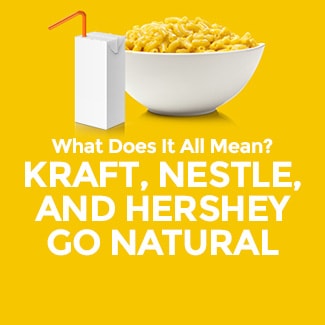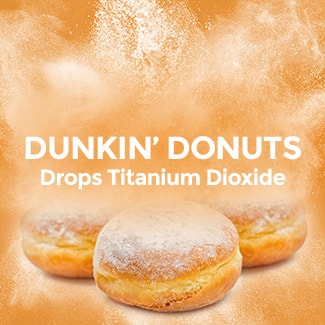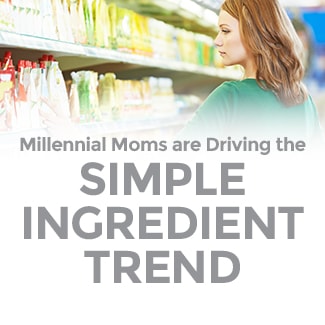Why is Natural Blue Such a Challenging Color?
A few years ago Sensient R&D teams developed an answer to one of the “holy grails” in natural food colors when they developed heat-stable red vegetable juice that we call SupraRed. It was a significant technical breakthrough that solved stability issues for many of our customers in the baking, frying, plant-based meat extrusion and dairy applications. Today many customers continue to issue us a new challenge – develop a pH and heat stable natural blue that is also cost effective
Why is a stable natural blue color such
a unique challenge?
The first, and main reason, is that there are not many potential sources of food color in nature. While blueberries, blue corn, or even blue potatoes may immediately come to mind, all of these three botanicals get their bluish shade from anthocyanins that are not very pH stable. In fact, it is fair to suggest that these three sources are really more purple than blue.
Sensient’s butterfly pea flower extract is another blue anthocyanin that has much greater pH stability than most others, but is still purple in the very low pH range. Spirulina, which contains the blue phycocyanin pigment, produces beautiful blue shades, but the natural color is extremely heat and pH sensitive as well. Finally, while huito has somewhat better heat and pH stability, the color still faces regulatory obstacles since the juice is naturally clear until reacted with an amino acid.
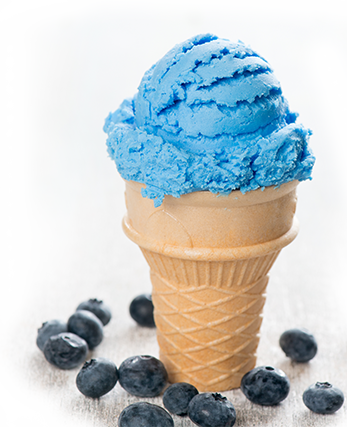
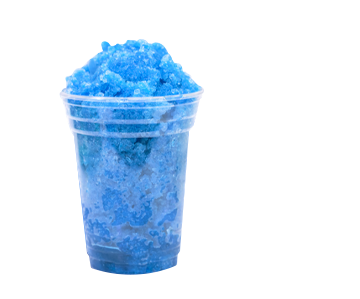
The Blue Market is More Limited
A select few blue foods, notably in the beverage and confection space, have achieved a certain iconic status, but in reality blue is not a highly used color. To illustrate, we can look at the FDA certifications of Blue 1 and Blue 2 in the United States. Combined, they account for only about 10% of total color certified and that is really overstating the blue market size. Blue 1 is often blended with Yellow 5 to create green shades and Blue 2 is used in combination by a lot by pet food manufacturers to achieve dark brown shades in kibble.

Red 40 alone is 4 times the size of the combined synthetic blue market and at Sensient we see the gap widening in natural colors. Because of the diversity of red sources in nature, many brands in key categories like fruit beverages, alcoholic beverages, snacks, and fresh bakery are exploring some of the more intense and interesting shades available from natural reds and purples.
FDA Certifications (LBS.)

Why Did Blue Burst On the Scene?
According to food lore, the invention of the ‘blue raspberry’ flavor by Gold Medal in the late 1950’s marks the introduction of blue food color into the mainstream. However, when the FDA removed Red 2 (Amaranth) from the list of permitted color additives for food, it led to many in the frozen beverage and frozen novelty markets struggling to differentiate strawberry from raspberry and cherry.
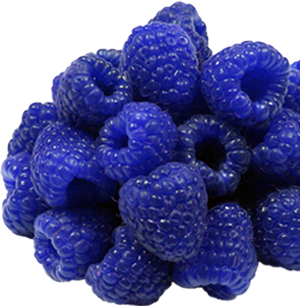
Technically the challenge would have been easier to
overcome using natural color sources.
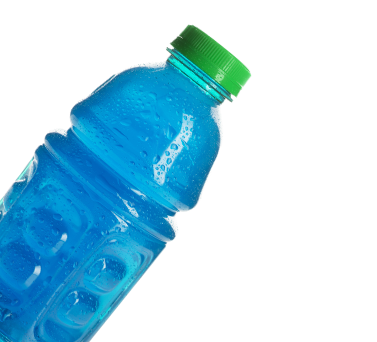
While natural blue will likely never be a large part of the food color landscape, it nonetheless plays a critical role in select categories like performance beverage and confections. Solving one of the obvious gaps in natural color performance is a high priority at Sensient.
We believe that consumers don’t want to sacrifice and that by using a combination of natural color technologies, food manufacturers will be able to deliver to consumers a ‘no sacrifice’ experience. Our R&D team is making significant progress on truly pH and heat stable natural blues and while we aren’t quite ready to announce anything immediate, I am confident Sensient will be doing so in the near future.
If you want to learn more about our latest innovations, please reach out to us.
We love to share our color knowledge!













